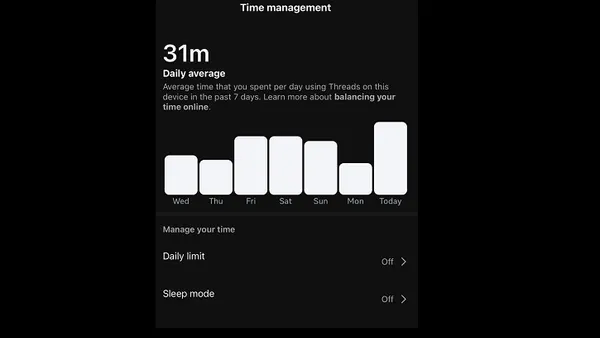In the last few days the big news on Facebook has been its drop in users. Reports that have surfaced thanks to Inside Facebook have shown that although the number of total Facebook users were still up, Facebook has lost 6 million users in the U.S and 1.52 million users in Canada in the last month alone. Quite worrying for Facebook considering this is the country where Facebook was first released. While some reports speculate that this drop may be due to saturation, is this drop in users really that unexpected? If we look at such models such as Gartner's Hype Cycle - a graphic representation of the 5 stages of maturity and adoption of specific technologies as developed by the advisory firm Gartner - technologies will always fluctuate in their use. For example if we were to consider Facebook in the context of Gartner's Hype Cycle this is what it could look like:
Stage 1 and 2 of Gartner's Hype Cycle are the 'technology trigger' where the technology is launched and generates significant interest, and the 'peak of inflated expectations' where the technology is met with exciting, yet unrealistically high expectations by the general public. According to the latest Hype Cycle, web 2.0 and public virtual worlds (which incorporate social media like Facebook) were located in these first 2 stages pre-2008. During this time the increased interest in sites such as Facebook coincided with Facebook users 'collecting' friends in an attempt to list the highest amount of friends on their profiles compared to other site users. This can be understood as a manifestation of the excitement and experimentation that comes with the introduction and widespread use of a new technology (as Facebook was only opened to the public in late 2006).
Stage 3 of the Hype Cycle, the trough of disillusionment, is where the technology fails to meet these unrealistically high expectations. According to Gartner's latest Hype Cycle, consumer-generated media and public virtual worlds which both comprise of sites like Facebook are located in this stage as of the latest Hype Cycle (2010). Coinciding with this stage, recent reports into use of Facebook suggest that rather than Friending as many other users as possible, Facebook users are now actively deleting users from their friends list - aka 'culling' friends. In fact the culling of friends is now widely advocated and a simple Google search of cull Facebook friends comes up with over 145,000 results. As these recent reports suggest, it seems users are not just culling Facebook friends, but culling their accounts also. This trend of culling friends and culling accounts could indeed be due to saturation, and may indicate that users may be bored with current uses of Facebook and may be rebelling against the seemingly outdated trend.
However it must be noted that according to Gartner's most recent Hype Cycle, consumer-generated media and public virtual worlds are on their way to entering stage 4 of the Hype Cycle: the slope of enlightenment. During this stage people begin to understand and appreciate the benefits and applications of new technologies. It is also in this stage that the technology is discovered by new users, and also rediscovered by previous users who may have abandoned the technology during the trough of disillusionment. Despite the recent drop in users, the outcome of this emerging stage of the Hype Cycle for sites like Facebook is already becoming evident: using Facebook in a meaningful way - aka 'connecting'. New users who were previously opposed to (or unaware of) the site or returning users who were disillusioned with the site may soon be looking to maximise on the benefits of Facebook. These benefits may not just be social interactions, but may be meaningful social interactions. While there has been a drop in the number of users from the U.S and Canada, the change in the number of active users and the change in how current users are utilising Facebook remains to be seen.
The final stage, Stage 5 of the Hype Cycle is the plateau of productivity. This stage is where the benefits of the technology become widely accepted and the technology itself becomes increasingly stable. If Facebook is indeed approaching the saturation point - at least amongst users in the U.S and Canada - then this stage will logically follow. The decline in users largely by early adopters of the technology will become stable, and the benefits of Facebook whether it be meaningful social interactions, marketing or advertising to name a few will move to the forefront of site usage.
When considering Facebook in the context of Gartner's Hype Cycle this recent drop in users in the U.S. and Canada is not unexpected. What remains to be seen is how Facebook will deal with the fallout of 'connecting' and 'culling' and instead focus on its next stage: 'connecting'.









